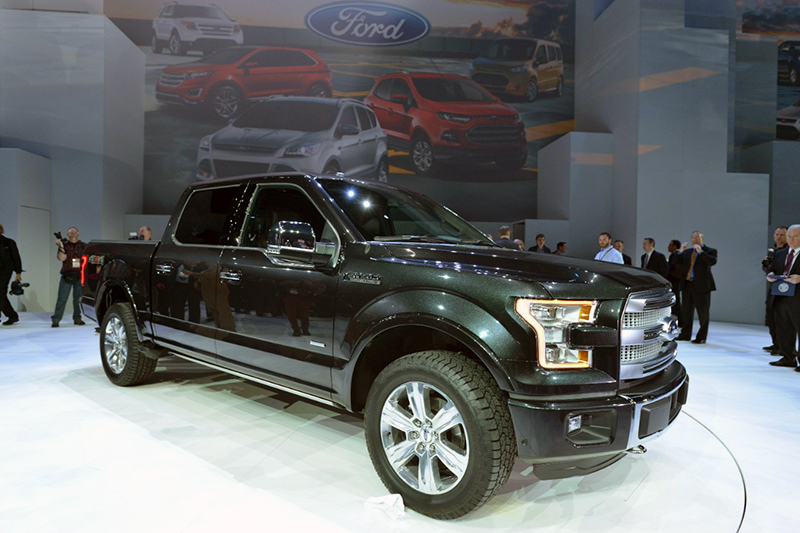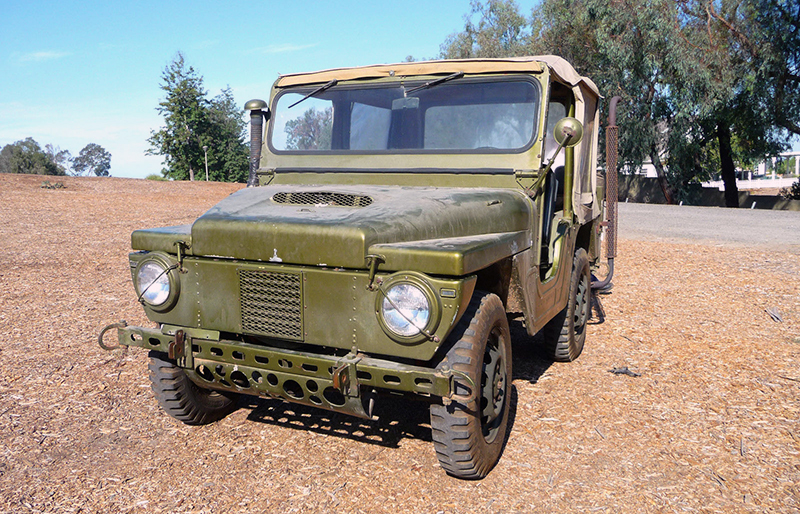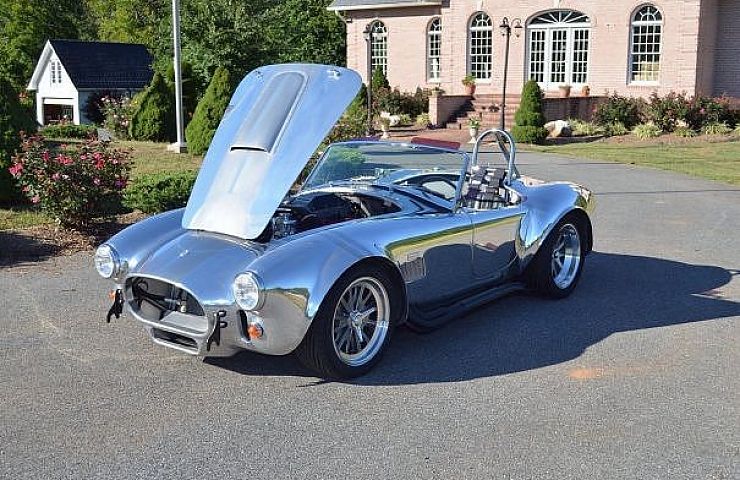With all the buzz in the past couple of years about aluminum panels being used by the Ford F-150 pickup, you can be forgiven for thinking that this metal is new to the automotive industry. In reality, aluminum has enjoyed a long history of being incorporated into the bodies of high-performance and specialty vehicles. While the F-150 is noteworthy for introducing this lightweight alloy into the full-size truck realm, it’s instructive to take a look at the history of how aluminum has been used in automobiles to better understand what it brings to the table.

On Jan. 13, 2014, Ford revealed an all-new Ford F-150, at the Detroit Auto Show. It utilizes a high-strength aluminum alloy body to reduce weight by about 700 pounds.
Aluminum has actually been around from the beginning. You can go all the way back to 1899 to find the first aluminum-bodied car being presented to the public. In fact, aluminum was a popular choice among a wide variety of automakers who appreciated its lower mass compared to steel—and its superior resistance to some types of corrosion.
The first Porsche 901 prototype, that is to say the car that went on to become the Porsche 911, was hand-crafted out of aluminum in 1948. Lagonda (later owned by Aston Martin) also built its share of aluminum bodies, and of course the full spectrum of one-shot automakers and boutique brands that littered the period between the invention of the internal combustion engine and the culling of the 1960s offers many alloy-friendly examples. Finally, factory-backed racing efforts inevitably called upon aluminum as an important component not just for body design, but also chassis structure and engine block construction, which consequently led to similar developments for street cars.

The 1962 AMC Mighty Mite used an all-aluminum body.
Challenges for Aluminum
Still, from a mass production perspective, it took longer for aluminum bodies to catch on compared to similar alloys used by suspension and motor components. Building an aluminum body by hand is one thing, but working with it on an assembly line is entirely something else. Early efforts to get the metal to play nice when being formed by robots or even individual workers lead to spotty results from a quality perspective. This was compounded by the challenges associated with bonding aluminum panels to steel panels, and vice versa. Aluminum also has a reputation for picking up contaminants during the build process, which can lead to paint defects and corrosion issues down the road. It is also difficult to work with aluminum when it’s dented, scratched, or otherwise damaged unless one has special training and tools.
Despite these issues, the industry as a whole kept trying to incorporate the metal wherever it could, primarily to save weight. This explains why so many tailgates and hoods have historically been made out of aluminum, particularly on performance cars, and why kit car companies and boutique automakers continue to use aluminum as much as possible. Examples include the 1965 Shelby Cobra Roadster shown at the top of this post, and a 2005 WCM Ultralite, using aluminum body panels over a tubular body. Both cars are now listed for sale on eBay Motors.

2005 WCM Ultralite
Pioneering work from Jaguar and Audi at the end of the 1990s also lead to this metal colonizing the luxury segment in the form of aluminum-intensive bodies on vehicles like the Audi A8 and the Jaguar XJ—an effort that continues to this day.
Increasing fuel-efficiency standards and ongoing customer demands for higher performance create an environment where aluminum is more important than ever to major car companies. The F-150 is the tip of the iceberg as the industry moves to a new materials frontier where steel is but one option among many alternatives, including carbon fiber, composites, and of course aluminum.





